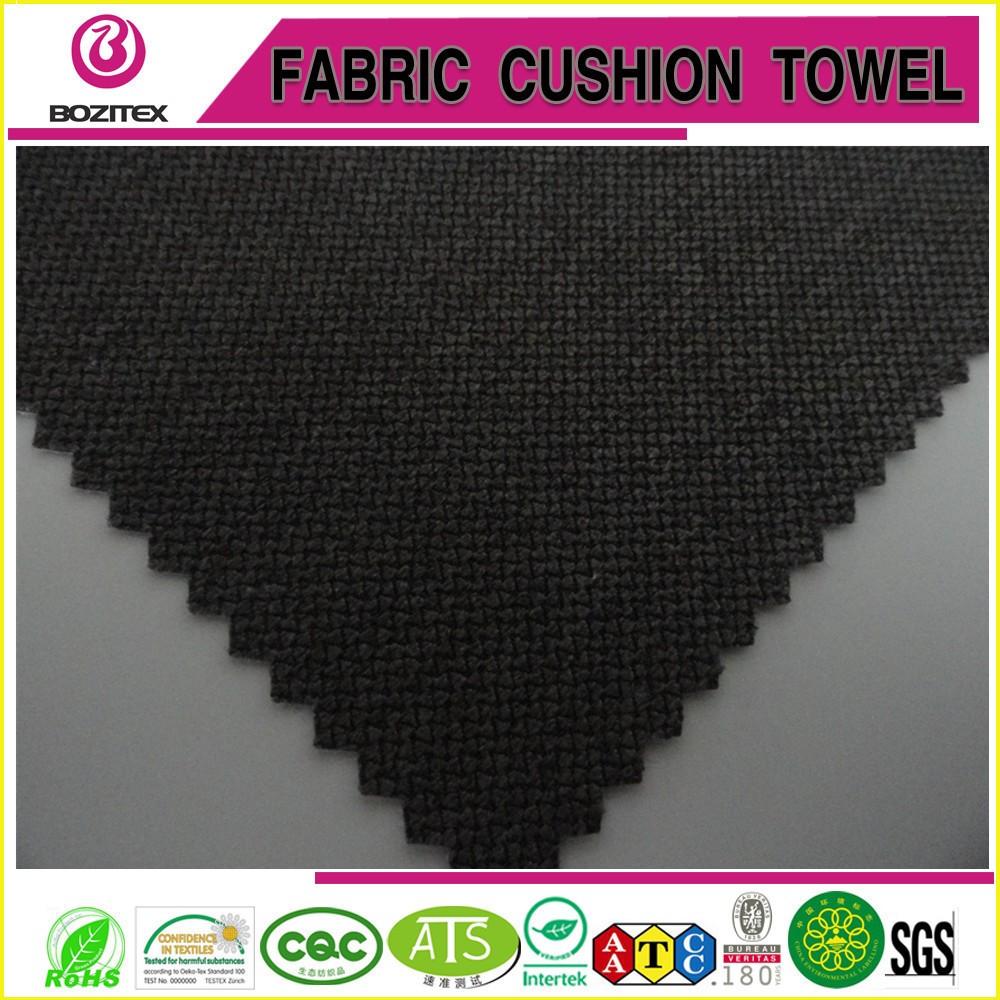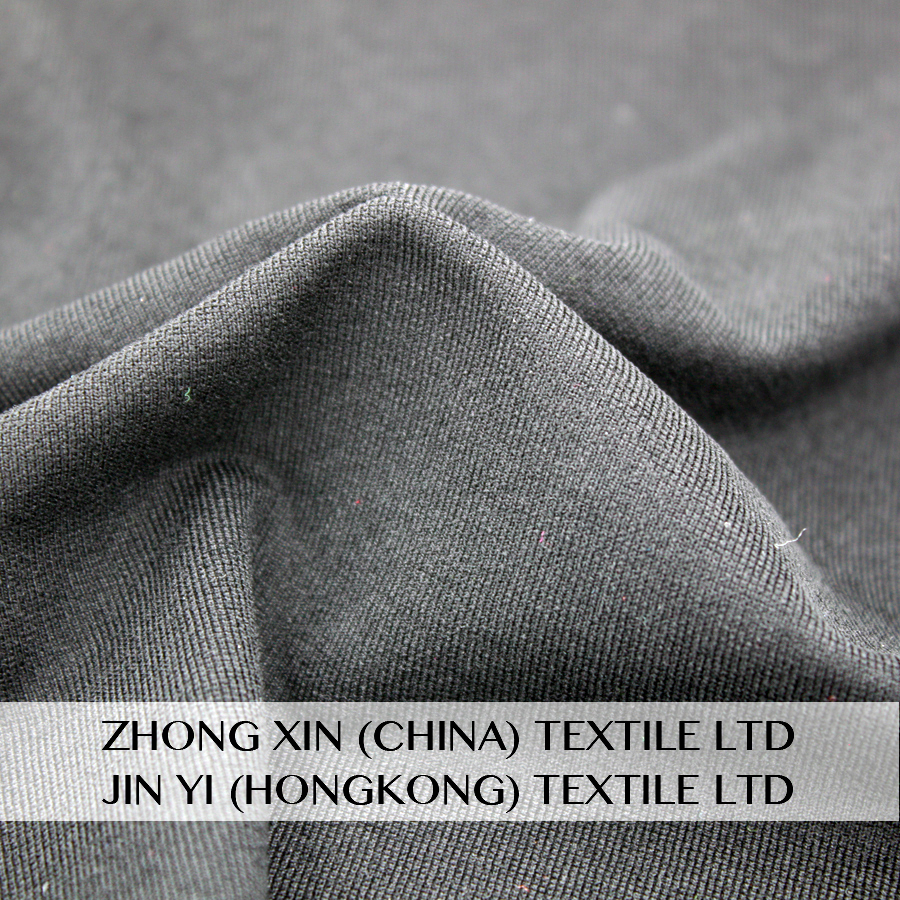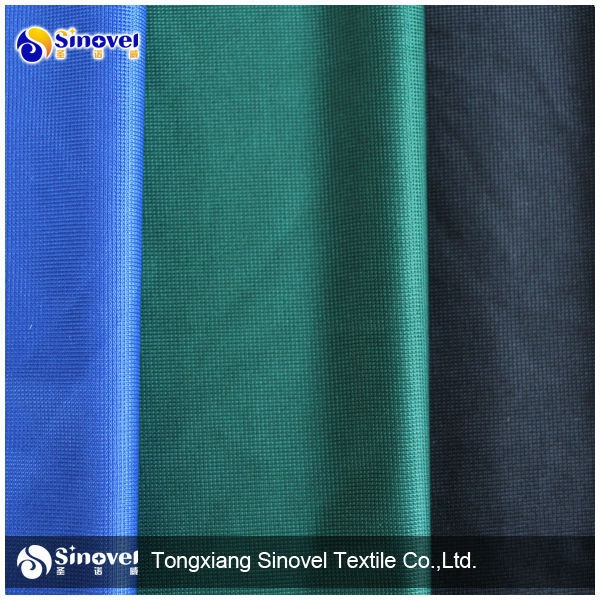The best type of lining fabric for a down comforter
The best lining fabric for a down comforter is a soft, breathable material that will keep the feathers in place while allowing air to circulate. It should also be washable and durable enough to last through multiple washings without wearing out. Common choices for lining fabrics include cotton, nylon, and polyester. Cotton is a natural, breathable material that is comfortable against the skin. Nylon is a synthetic material that is lightweight and durable, while polyester is a middle ground between the two, offering a balance of comfort and durability.
When it comes to the comfort and warmth of a down comforter, the lining fabric is an integral part. It not only enhances the insulation properties of the down fill but also protects it from wear and tear. However, with so many different types of lining fabrics available on the market, it can be challenging to know which one is the best for your down comforter. In this article, we explore the various types of lining fabrics and factors to consider when choosing the best one for your needs.
The first thing to consider is the material the lining fabric is made from. The most common materials used for down comforter lining include cotton, polyester, silk, and microfiber. Cotton is a natural, breathable material that offers good insulation properties. It is also hypoallergenic, making it a good choice for those with allergies. However, it can be heavy and may not be suitable for warmer climates. Polyester is a synthetic material that is lightweight and offers good warmth-to-weight ratio. It is also easy to care for and resistant to shrinkage. However, it may not be as durable as other materials and may be prone to static cling. Silk is a natural, luxurious material that offers excellent insulation properties and is highly breathable. It is also hypoallergenic and may be a good choice for those with allergies or asthma. However, it can be expensive and may not be suitable for all budgets. Microfiber is a synthetic material that is a good balance of warmth, weight, and breathability. It is also quick-drying and resistant to moisture and staining.

In addition to the material the lining fabric is made from, there are other factors to consider when choosing the best one for your down comforter. One factor is the thread count of the fabric. A higher thread count usually means a more dense, smoother fabric that will provide better insulation and wear resistance. Another factor is the type of weave used to create the fabric. Different weaves will affect the breathability, warmth, and weight of the fabric. For example, a plain weave will be lighter and more breathable than a dense, tightly woven pattern such as a herringbone or tweed pattern.
Another consideration is the size and shape of the down comforter. A smaller, more compact comforter may not require as dense or heavy a lining fabric as a larger, more bulky one. Additionally, if you live in a colder climate, you may want to choose a heavier, more insulating lining fabric than someone who lives in a warmer climate.

Finally, your personal preferences and budget will also affect your choice of lining fabric. Natural materials such as cotton and silk will often be more expensive than synthetic materials, but they may also last longer and feel more comfortable against your skin. On the other hand, synthetic materials such as polyester and microfiber may be more affordable, especially if you are on a tighter budget.
In conclusion, the best type of lining fabric for a down comforter depends on several factors including material, thread count, weave pattern, size and shape of the comforter, climate, personal preferences, and budget. By considering all of these factors together, you can choose the best lining fabric for your down comforter and ensure that it provides you with years of comfortable warmth.

Articles related to the knowledge points of this article:
The Down Jacket Factory: Preserving the Tradition of Quality and Innovation
Feathered Dreams and Broken Holes: The Story of a Torn-Up Jacket
Title: Unleashing the Elegance: The Art of Capturing Beauty with Silk Scarves in Photography
Feather Coat Drying: A Guide to Drying Your Down Coat at Home
Title: The Art of Tying a Scarf: A Comprehensive Guide to Various Scarf Ties



